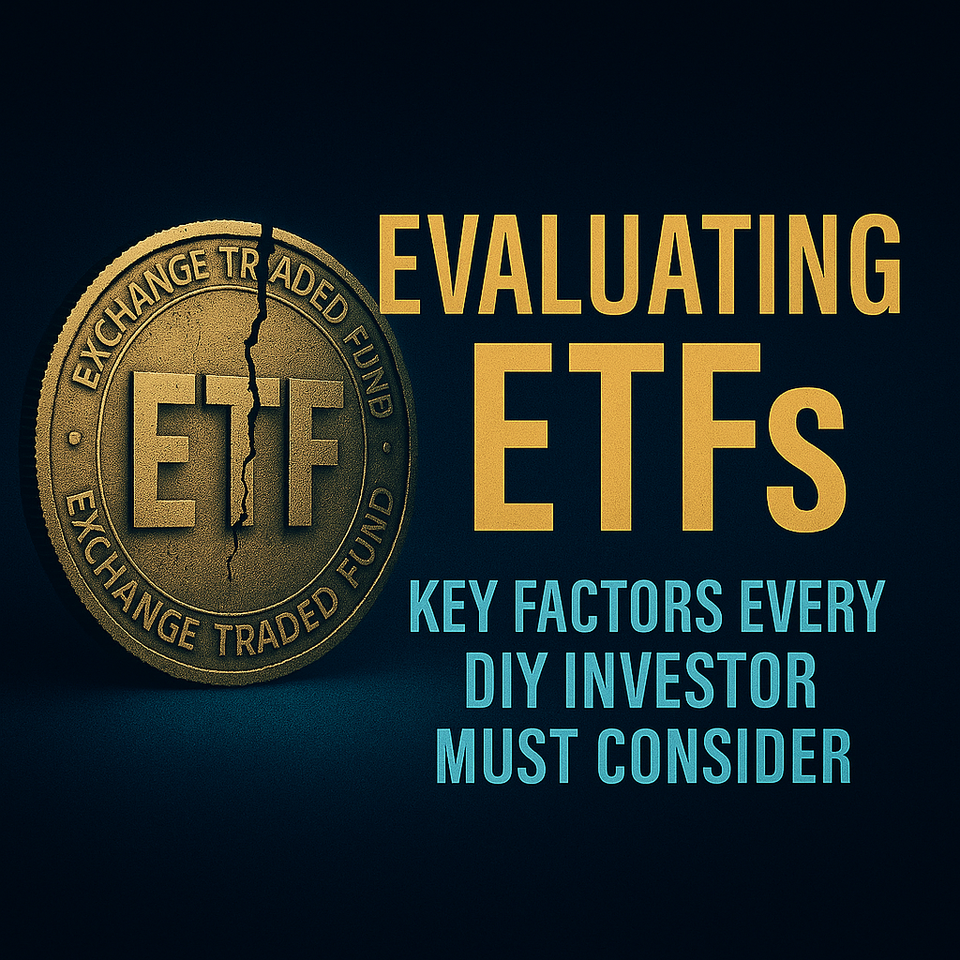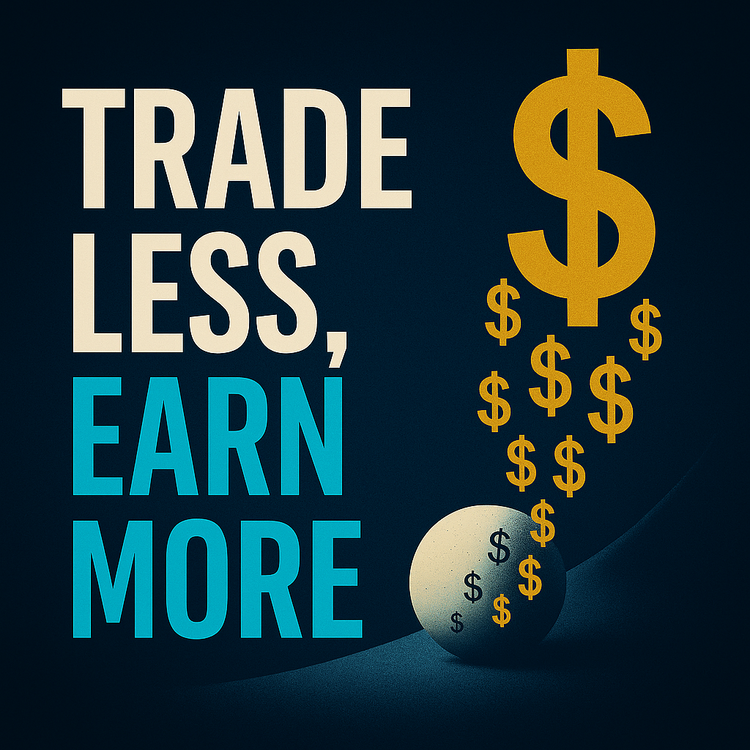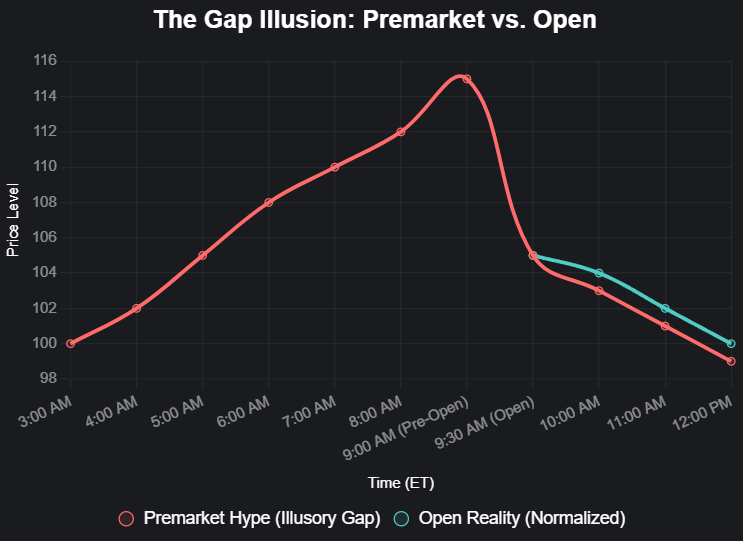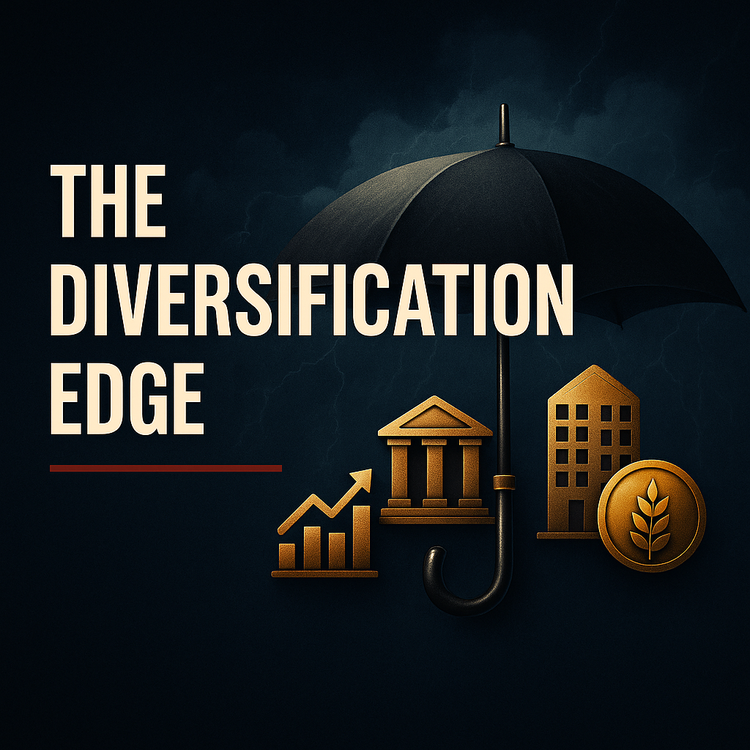Evaluating ETFs: Factors to Consider Before Investing

Evaluating ETFs: Factors to Consider Before Investing
Ever stare at a list of ETFs and feel like you’re drowning in tickers and jargon? You’re not alone. With over 2,700 ETFs in the U.S. holding more than $7 trillion in assets (SEC, 2024), the options can overwhelm. But popularity doesn’t mean quality. Let’s cut the crap and figure out what really matters before you bet your money on an ETF.
The Breakdown: What You Need to Know
1. What’s the ETF Actually Tracking?
Most ETFs—about 80%—follow an index (SEC, 2024). Is it something broad like the S&P 500 or a niche play like semiconductors or emerging markets? A narrow focus can spike hard or crash harder. For example, the Energy Select Sector SPDR ETF rides the oil wave—great in a boom, brutal in a bust. Make sure the index matches your goals and stomach for risk. Not sure how indexes work? My Basics of Index Investing breaks it down.
2. Expense Ratios: Don’t Get Fleeced
The expense ratio is the yearly fee you pay the ETF manager. It sounds small, but even 0.1% can eat your returns over decades. The average ETF charges 0.44%, while cheap broad-market ones can dip to 0.03%–0.08% (SEC, 2024). If two ETFs track the same index, go with the cheaper one unless you’ve got a damn good reason not to.
3. Liquidity: Don’t Hand Money to Market Makers
Low liquidity is a silent killer. If an ETF’s average daily trading volume is under 100,000 shares, or the bid-ask spread—the gap between buy and sell prices—tops 0.5%, you’re bleeding cash every trade. Wide spreads mean market makers are pocketing your money. Check the volume and spread before you buy, or you’ll pay for their lunch.
4. Tracking Error: Is It Doing Its Job?
An index ETF should mirror its benchmark, minus fees. Tracking error shows how much it deviates. Below 0.1% is solid; higher means sloppy management or hidden costs. Look it up on the ETF provider’s site. If it’s off, ditch it.
5. Fund Size and Provider: Stability Matters
Tiny ETFs—under $100 million in assets—can be risky. If they shut down, you might have to sell at a bad time. Stick with big players like Vanguard, BlackRock (iShares), or State Street for better infrastructure and reliability.
6. Dividends and Taxes: Know Your Goals
Want income? Check the ETF’s dividend yield and payout schedule. In a taxable account? ETFs are usually tax-efficient, but bond ETFs or emerging market funds can hit you with bigger tax bills. Don’t get caught off guard.
7. Your Time Horizon and Risk Tolerance
No ETF is “perfect” if it doesn’t fit your plan. Chasing hot sectors like tech or crypto is a recipe for regret. Build around your long-term strategy. My Portfolio Diversification post shows how balancing holdings cuts risk without killing returns.
Takeaway: Your ETF Checklist
Before you buy, ask:
- What index is it tracking?
- What’s the expense ratio?
- How’s the liquidity (volume and bid-ask spread)?
- What’s the tracking error?
- Is the fund big enough, and who’s running it?
- Does it match your income needs and tax situation?
- Does it fit your time frame and risk tolerance?
Closer: Don’t Fall for the Hype
Wall Street pumps out ETFs with sexy names and big promises, but you’re smarter than that. Focus on low fees, tight tracking, and alignment with your goals. Pick one ETF today, run it through this checklist, and invest with your eyes wide open. Want more no-BS investing tips? Subscribe for practical strategies that cut through Wall Street’s noise.
Disclaimer: This is not financial advice. Always do your own research before investing.






Member discussion